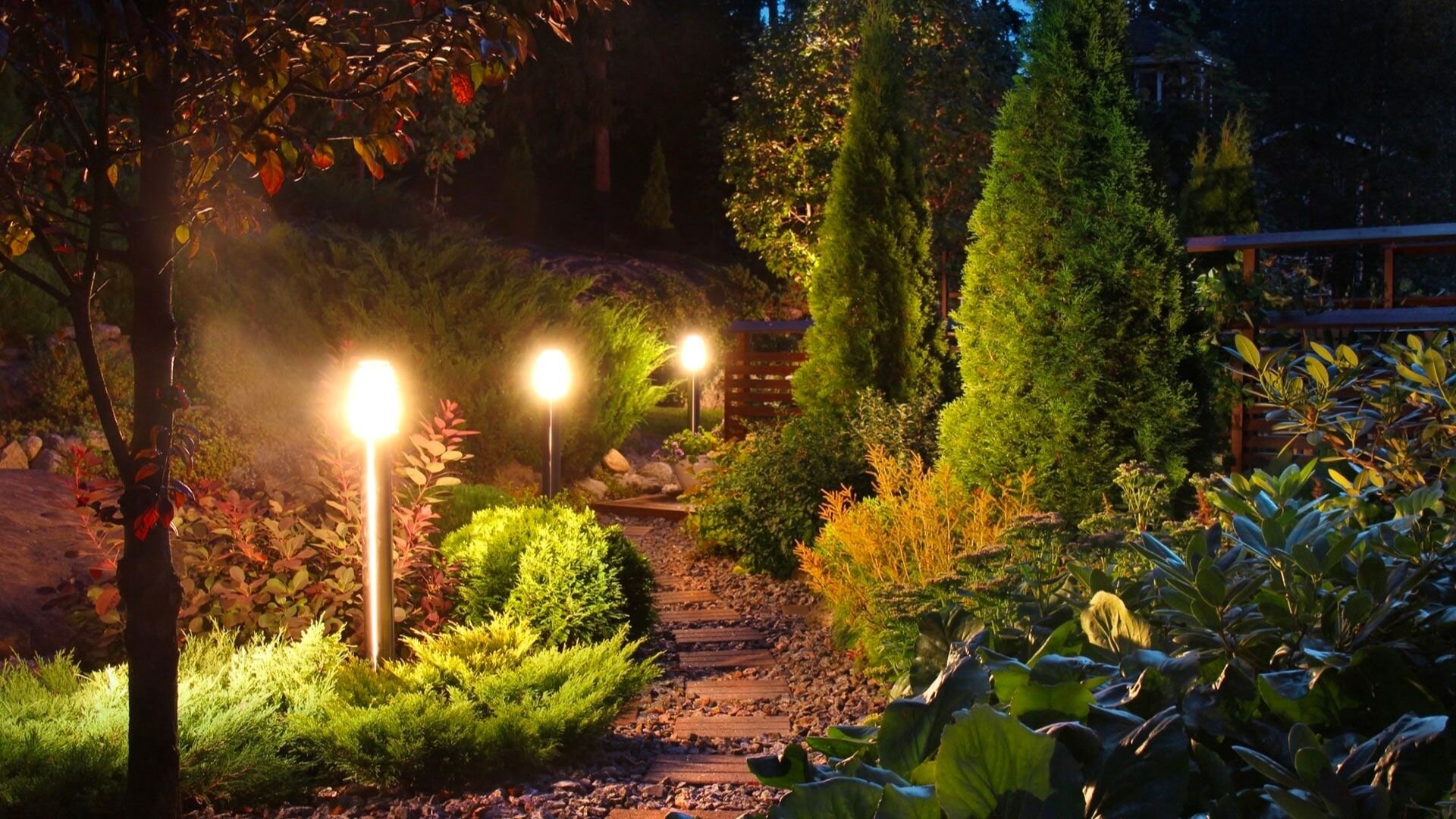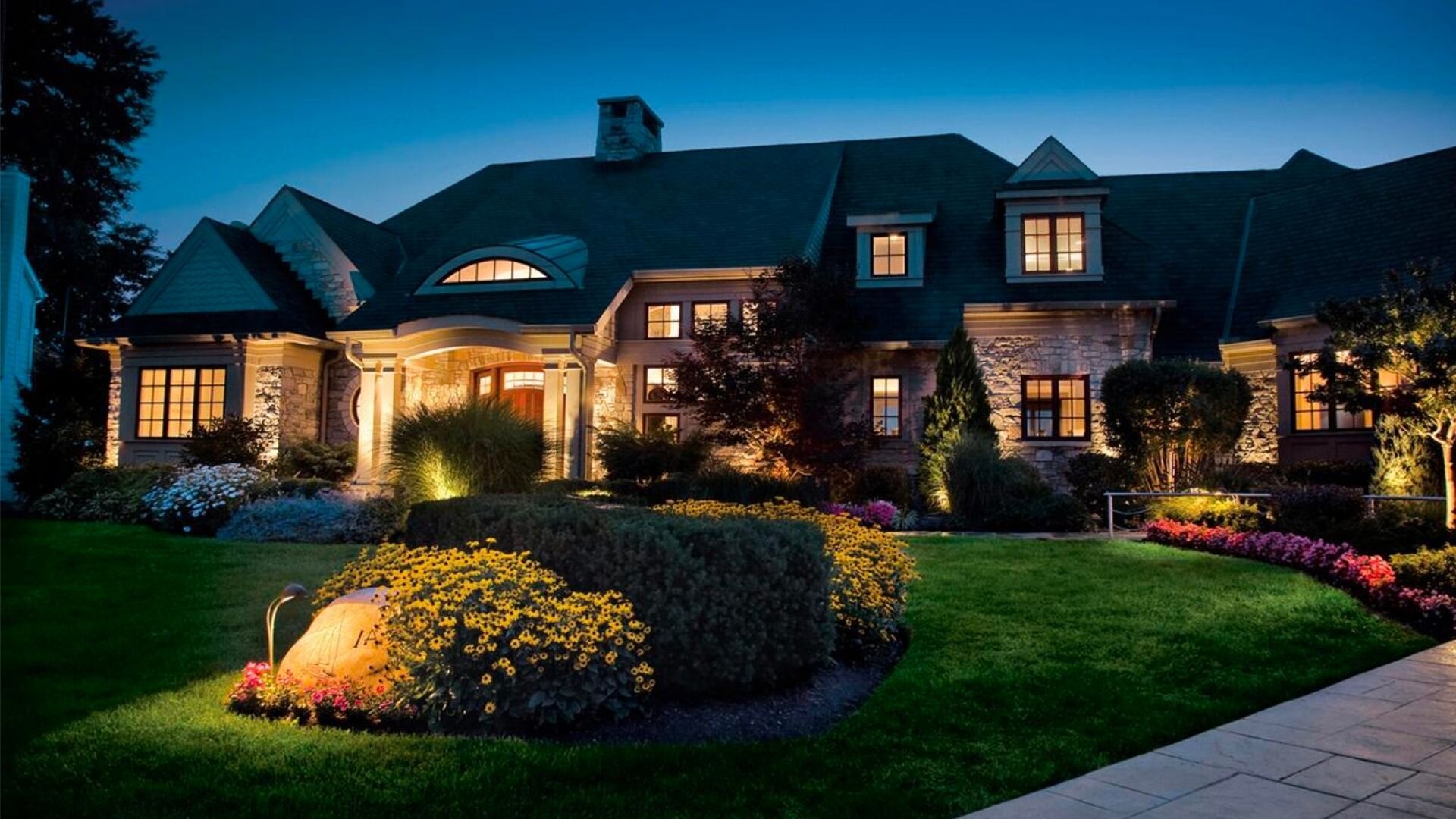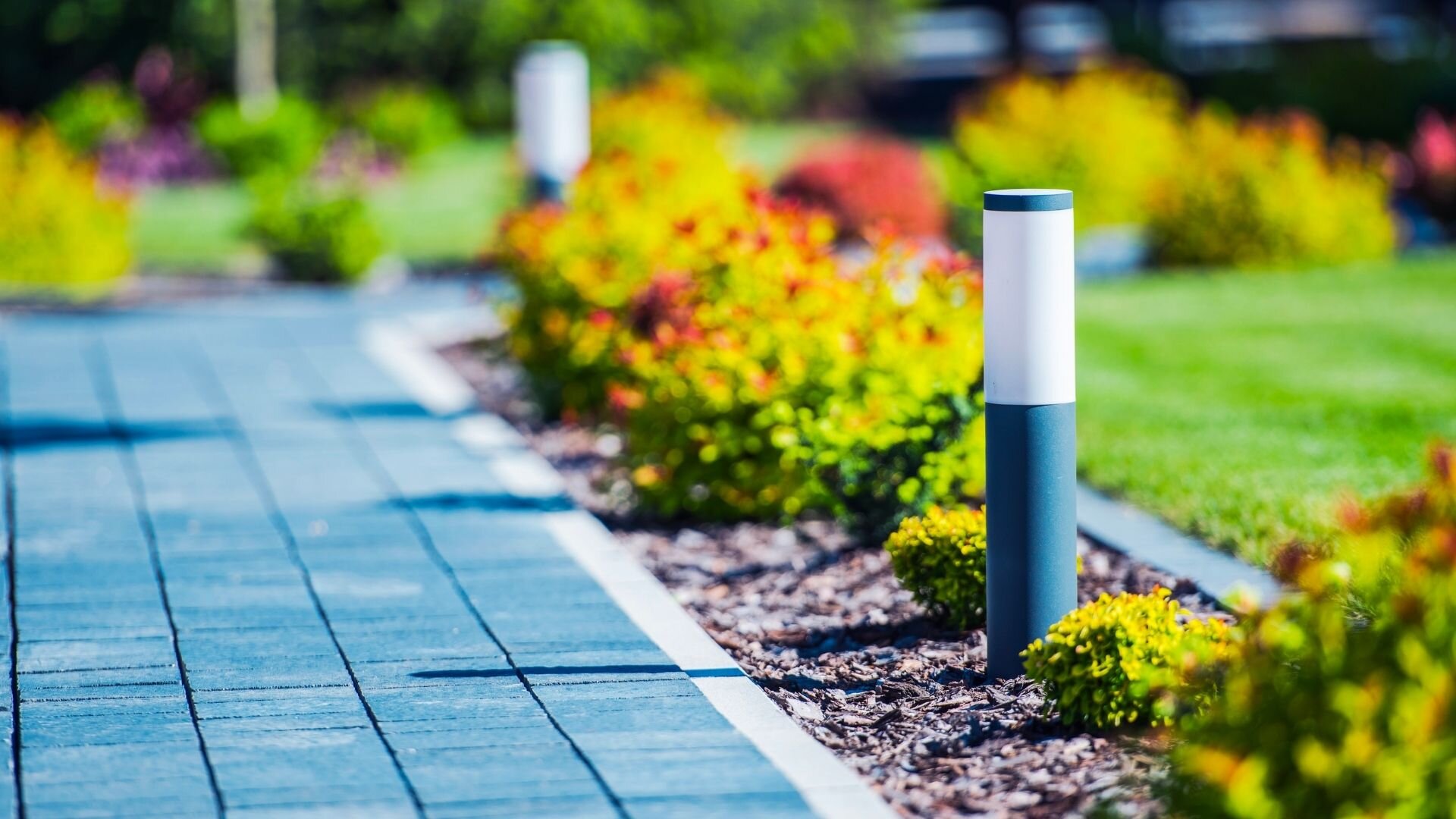
At Enersol, our Commercial Electrical Services - Lighting innovation has reached new heights, and low-voltage lighting stands out as a prime example of efficiency, elegance, and forward-thinking design. It’s among the remarkable breakthroughs changing how we light up our spaces.
Whether you’re an interior lighting design enthusiast, a homeowner looking to revamp your ambience, or simply curious about the science behind the glow, delving into low-voltage lighting unveils a captivating journey. Learn more about proactive electrical maintenance strata properties. In this exploration, we’ll unravel the intricacies, benefits, and creative lighting applications of low-voltage lighting, shedding light on its irresistible charm and clearing up any confusion.
Understanding the Essentials of Low Voltage Lighting
Low-voltage lighting has emerged as a game-changer in illumination, offering a unique blend of efficiency, versatility, and aesthetic appeal. This lighting system operates at its core with a significantly lower voltage than traditional mains-voltage lighting.
Typically running on 12 volts instead of 120 volts or higher, low-voltage lighting offers a range of benefits that make it a popular choice for residential and commercial spaces.
One of the critical components of low-voltage lighting systems is the transformer. This device reduces the standard household voltage to the lower voltage required for the lights to function.
Lower voltage lighting not only boosts energy efficiency but also enhances safety by reducing the risk of electrical shock. It’s a win-win for those looking to save energy and improve security.

Another factor that sets low-voltage lighting apart is its versatility. From accentuating outdoor landscapes with subtle, focused beams to creating ambient indoor environments with hidden light sources, this type of lighting offers many creative possibilities.
Its flexibility makes it a favoured choice for intricate designs and architectural features.
Although low-voltage lighting is lauded for its energy efficiency and beauty, a few key considerations are vital before installation. Ensuring proper wiring, selecting the right transformer size, and picking suitable light fixtures are crucial for both performance and longevity. For more details, you might explore our residential wiring guide.
In addition, understanding the interplay of elements like maximum wattage, voltage drop, and light intensity is essential for achieving the desired lighting effects.
Exploring Applications and Benefits
Low-voltage lighting offers a multitude of captivating applications and benefits. Outdoor lights and lighting systems excel in low-voltage landscape illumination, transforming gardens, pathways, and architectural features into enchanting nightscapes.
The subtle, focused beams accentuate the natural beauty while providing a safe and welcoming atmosphere. Indoors, low voltage lighting lends itself to creating elegant and cosy ambiences.

Recessed lights, track fixtures, and under-cabinet lighting act as artistic tools, amplifying the charm of living spaces and saving energy. With reduced voltage, energy consumption drops, heat emission is minimised, and the result is longer-lasting bulbs with a lower fire risk.
Additionally, the malleability of low-voltage lighting allows for imaginative designs and intricate details that can breathe life into any setting. Whether it’s about curating a tranquil outdoor space or retreat or giving your interior spaces a touch of sophistication, the applications and benefits of low-voltage lighting are as brilliant as the light it casts.
Prioritising Safety Measures
As you explore low-voltage lighting, keeping safety at the forefront is essential. While lower voltage naturally lowers risks, following specific safety measures is crucial for a secure lighting setup.
Proper installation, including correctly sizing and placing transformers, is fundamental. Insulation and grounding are essential to prevent electrical mishaps.
Regular maintenance checks to identify frayed wires, damaged light fixtures, or any signs of wear and tear are crucial for long-term safety. Selecting light fixtures certified for low-voltage use further guarantees reliable operation.

Distinguishing Low Voltage vs. Line Voltage Lighting
In the realm of lighting, understanding the distinction between low-voltage fixtures and line voltage systems is pivotal. Line voltage lighting operates directly on the standard voltage, making it compatible with various lighting fixtures and appliances.
However, this electrical system can generate more heat and requires thicker wiring for proper distribution. On the other hand, low-voltage outdoor lighting functions at around 12 volts, offering greater energy efficiency and reduced heat emission.

Using a transformer to step down the line voltage lights is a defining feature of a low-voltage system, allowing for more delicate and focused illumination. While line voltage fixtures boast simplicity and versatility, low voltage lighting shines with its precision, safety benefits, and capacity for artistic illumination.
Careful consideration of your space’s requirements and desired effects will guide you toward choosing the ideal lighting solution.
Effective Installation, Maintenance, and Equipment Selection
In today’s rapidly evolving technological landscape lights, the proper installation, maintenance, and equipment selection play a pivotal role in ensuring seamless operations and maximising efficiency across various industries. This trio of essential practices forms the backbone of successful businesses, enabling them to stay competitive and responsive to changing demands.
Installation
A well-executed installation process sets the foundation for reliable equipment performance. Correct installation guarantees optimal functionality from the outset, whether it’s machinery in a manufacturing unit, software systems in IT, or even household appliances.
It involves meticulous planning, skilled execution, and adherence to industry standards, ensuring peak performance and safety for personnel and end-users.
Maintenance
Regular maintenance is the lifeline of equipment longevity and performance consistency. Neglecting maintenance can lead to unexpected breakdowns, costly repairs, and downtime that hampers productivity.

Effective maintenance schedules involve routine checks, timely parts replacements, and addressing potential issues before they escalate. Proactive maintenance extends the lifespan of equipment and enhances its overall efficiency, leading to significant cost savings in the long run.
Equipment Selection
The foundation of a successful operation starts with choosing the right equipment. Understanding a business’s needs and requirements is crucial for making informed equipment selections.
Factors such as capacity, technology, energy efficiency, and compatibility with existing systems play a role in the decision-making process. A well-chosen equipment lineup can improve productivity, reduce operational costs, and enhance competitiveness.
Connecting with Enersol Electrical
In the world of illumination, low-voltage lighting stands as a beacon of innovation, efficiency, and aesthetic appeal. Its ability to create ambience, highlight architectural features, and conserve energy has made it a popular choice for residential and commercial spaces.
Grasping the basics of low-voltage lighting unlocks opportunities to turn any environment into an efficient and enchanting space. It’s about more than just light—it’s about transformation.
At Enersol Electrical, we’re passionate about providing cutting-edge solutions in electrical technology, including low-voltage lights. Our team of experts is well-versed in the intricacies of low-voltage systems and can help you harness their benefits for your space.
Whether you want to enhance your home’s beauty or optimise your business’s functionality, we’re here to help. Explore our Commercial Electrical Services to learn more.
Don’t hesitate to contact us with any inquiries or for assistance regarding low-voltage lighting and other electrical services. Illuminate your world with Enersol Electrical – where innovation meets excellence.